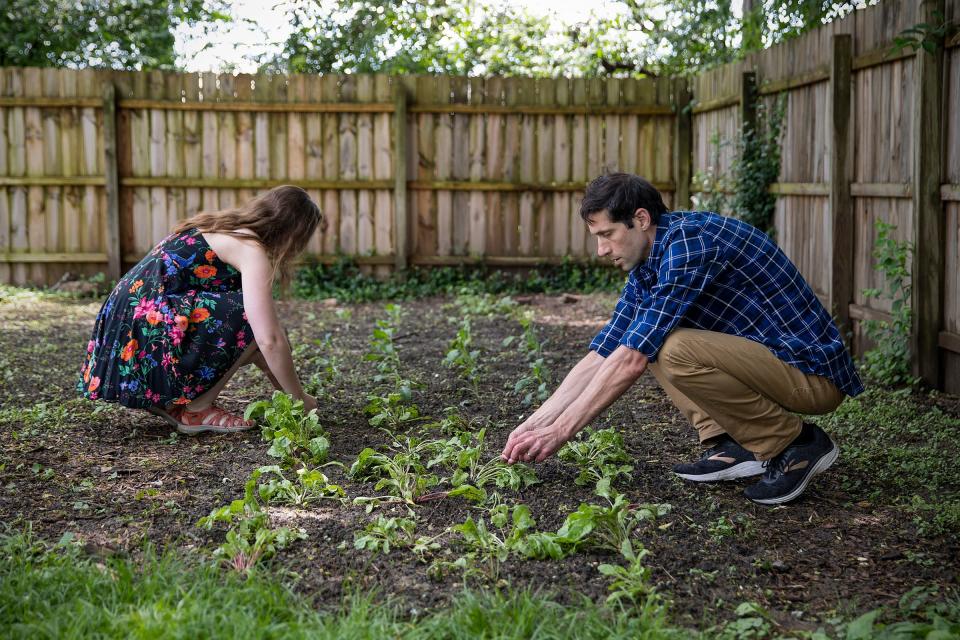Scrub Hub: How can Hoosiers plant native gardens?
How can Hoosiers plant a certified wildlife garden?
Indiana’s risk of frost will soon be past, and itchy green thumbs are ready to start organizing and planting gardens.
To help everyone hit the soil with good intentions, we’re exploring how to create a wildlife habitat in your backyard by answering: How can Hoosiers plant wildlife gardens with native plants?

Answer: Find local shops and make friends
Planting gardens for wildlife is a growing movement to help provide food for wildlife that is losing habitat. Monarchs and other pollinator populations are struggling, but setting aside a little space for native plants can go a long way to help.
Dan Boritt, executive director of Indiana Wildlife Federation, said that if everybody dedicated just 1% of their land to native plants, there would be more native plantings and wildlife habitat than at all of the national parks combined.
“I often compare it to LEGOs: A single LEGO by itself isn't all that much, but if you take 1,000 LEGOs, you can build some pretty cool things, and that's kind of what I think of this patchwork of habitats as,” Boritt said.
Starting can seem daunting with so many native Indiana plants, but the state has a growing community of organizations and individuals willing to help anyone interested.
For the birds: Protect migrating birds in Indiana with these steps
Here are some tips to help anyone get started:
For large plantings: Black Cherry and Black Willow trees are each host species for dozens of insects and provide food for wildlife, Boritt said. For a longer-term, ambitious effort, native oaks are far and away the best trees to plant.
For a size down from large trees: Choke berries, coral berries and any native species of sumac provide fruit and nuts that animals eat in the area. These plants evolved to live and thrive in Indiana and support the state’s native wildlife.
For smaller plantings: While lots of people think about flowers, native grasses and sedges are really important in Indiana. Turf grass is not great for habitat, but species like big blue stem bottle brush grass or side oats gramma are great additions.
If Hoosiers are more interested in planting flowers, it’s important to take conditions like sun and shade or wet and dry into account.
For full sun, Boritt said prairie blazing star, wild bergamot and native milkweeds are easy to grow. Pay attention to the species of milkweed, though, since tropical milkweed can be detrimental to monarchs.
Heavy shade areas can support ostrich ferns and ramps, both of which can also be foraged for the dinner table.
Finding these species is as easy as heading online to Indiana Wildlife Federation or the Indiana Native Plant Society to look for native plant sales. There are also plenty of groups on social media where members can chat about what to plant and where to find seeds.
When planting native species, Boritt encourages people to stay away from dangerous chemical treatments like neonicotinoids that can kill native insects.
“(Starting a native plant garden) can be daunting, but ask anybody in the Indiana Wildlife Federation, we'd love to talk to you about it,” Boritt said. “Ask anybody in any of these native plant organizations, they would love to talk to you about it.”
Karl Schneider is an IndyStar environment reporter. You can reach him at karl.schneider@indystar.com. Follow him on Twitter @karlstartswithk
IndyStar's environmental reporting project is made possible through the generous support of the nonprofit Nina Mason Pulliam Charitable Trust.
This article originally appeared on Indianapolis Star: How can Hoosiers plant a native garden? Scrub Hub has answers

